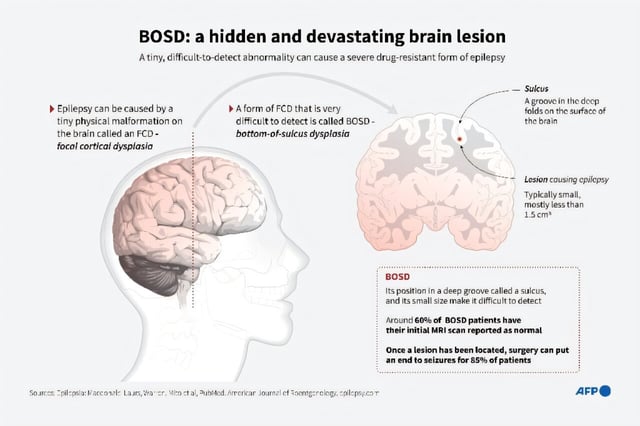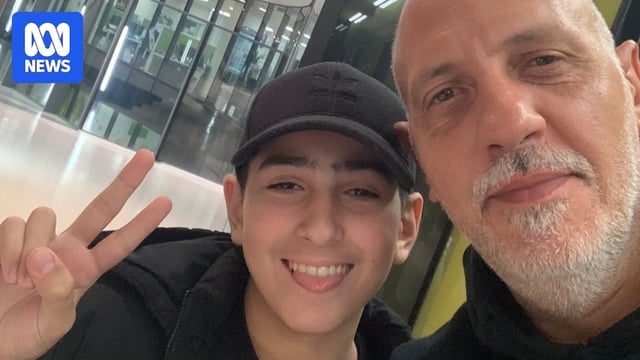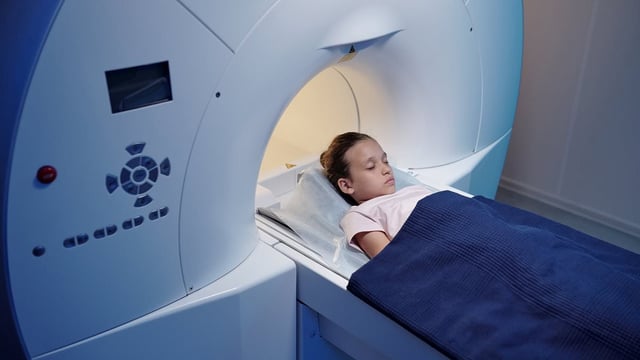Overview
- The Murdoch Children's Research Institute and The Royal Children's Hospital developed a neural-network detector for bottom-of-sulcus dysplasia using T1/FLAIR MRI plus FDG-PET.
- In the study, 80% of lesions had been missed on routine MRI, but the AI identified lesions roughly the size of a blueberry that can guide targeted surgery.
- Across 17 pediatric test cases, the AI achieved 94% detection with MRI+PET; 12 children proceeded to surgery and 11 are seizure-free.
- The research involved 71 children at RCH and 23 adults at Austin Hospital, with adult scans providing additional validation of performance.
- Researchers plan broader real-world trials across pediatric centers pending funding, as experts note PET cost, access, and radiation remain key constraints.



